Motorola Moto G30 review: A dependable mid-range smartphone
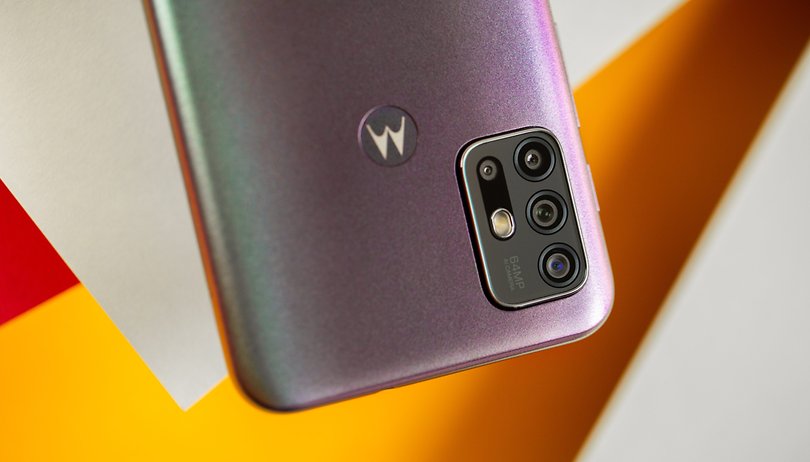

The Motorola Moto G30 boasts of excellent battery life and gets a 90Hz display - both of which can make a marked difference in your user experience if you have been living with a 60Hz display all this while. The phone also has a camera that won't let you down.
However, all things said, spending time with the Moto G30 made me realize that it does the ordinary stuff really well, but it simply lacks that "wow" factor. You know, the one that will help it stand out from the crowd.
Good
- All-day battery life
- 90Hz display
- MicroSD memory card slot
- 3.5mm headphone jack
Bad
- Charging time could be faster
- Night time camera performance is poor
- Only one major Android update guaranteed
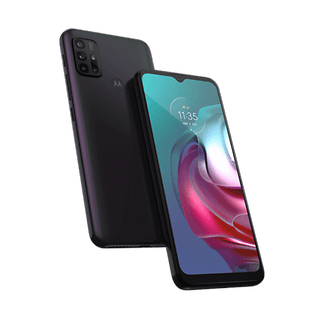
Motorola Moto G30: let's get straight to the point
Unlike the Moto G10, the Moto G30 is a mid-range smartphone going by its price. However, Motorola has further blurred the lines of its mid-range devices by releasing various models that contain very few differences between them. This makes us question such a strategy, as one would be prone to think that forking out just a little bit more money would make it possible to purchase a more powerful device.
And that's how I see the Moto G30: a smartphone that will always carry an "If only..." tag. Sure, it sports a 90Hz refresh rate for its HD display, but wouldn't Full HD be better? There is a Snapdragon processor from the 600 range, but a 700 series SoC would be a better fit. All of these do not mean that the Moto G30 is a lousy smartphone, because the 5,000 mAh battery, a microSD memory card slot, and a camera that delivers good results most of the time justifies the Moto G30's existence.
The Motorola Moto G30 has a suggested retail price of £159.99 and is currently on sale in Europe. The phone is yet to make it to the U.S.
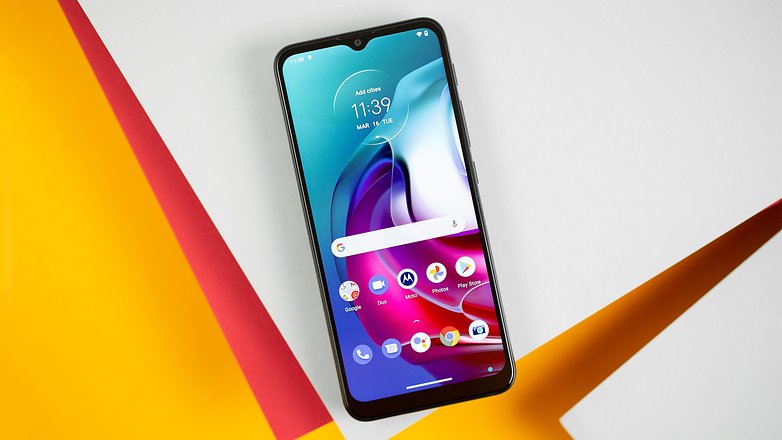
Practical design and a good viewing experience
With 5,000 mAh of battery power, the Moto G30 is a big and heavy smartphone that lacks curves, while following the design language of the 2021 Moto G series. Sporting a 6.5-inch display, the G30 measures 165.3 x 75.8 x 9.2 mm and tips the scales at 200 grams. The 20:9 aspect ratio of the display makes this a smartphone suitable for video streaming.
What I liked:
- Fingerprint sensor located at the back
- 3.5mm headphone jack
- 20:9 aspect ratio
What I didn't like:
- Boring design
- Difficult for one-handed use, especially when taking photos and videos
- HD resolution display
As I mentioned in the Moto G10 review, I really like this larger display that Motorola adopted because of the aspect ratio. This is a feature that Sony introduced with the Xperia 1, a device that clearly focused on the creation and consumption of multimedia content. This mid-range smartphone from Motorola does not share a similar focus as Sony's handset, but it does offer a good experience for those who like to watch videos on their smartphones.
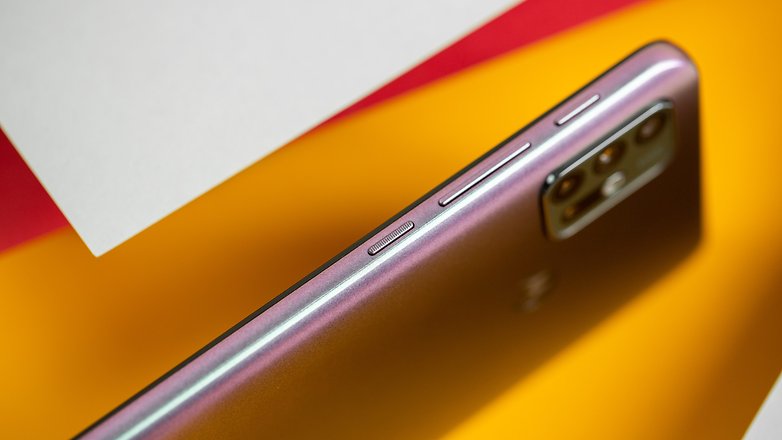
What was a pleasant surprise about this handset was the inclusion of 90Hz refresh rate, better brightness levels, and contrast quality despite having a similar display. While 90Hz refresh rate should not be taken for granted, it is still nice to see it featured, making it superior to the G10's display in addition to improving on the video experience (more on that below).
The Moto G30's screen resolution stands at 1,600 x 720 pixels (HD+), which was a common sight on mid-range devices in 2020. This year, we are seeing a number of mid-range models that launched with Full HD resolution, with the Xiaomi Redmi Note 10 being one of them. It is rather unfortunate that Motorola decided to skip the Full HD party with the Moto G30.
There is very little wiggle room for creativity when it comes to its design as it takes a very keen eye to tell the difference among this year's models. Motorola's suits must have thought that including different textures on the G10 and G30 models will do the trick, but all that accomplished was making them look like different color variants of the same device. By the way, there are two colors available for the G30: Dark Prism and White Lilac. I do wish for the good old days when one could use Moto Maker and customize the device according to one's liking!
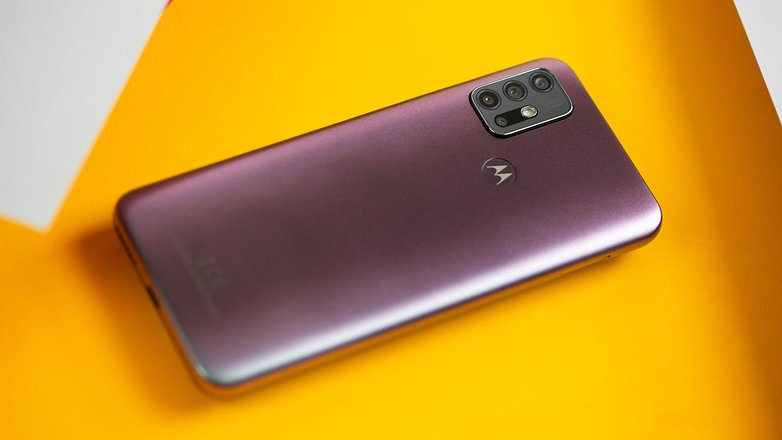
Finally, one thing that really bothered me was the size and weight of the smartphone, and this was especially noticeable when I held up the smartphone to take photos using just one hand. It is simply not conducive to do so at night or in low-light conditions, since one requires a steady hand to obtain a satisfactory result.
Concerning the display, the Moto G30 has its pros and cons but at the end of the day, you end up with a decent experience when enjoying videos and browsing the internet. Even the photo quality in the image gallery is rather hard to tell when seen on the display or via the computer screen. I consider this to be a positive point so that one does not get caught unawares when viewing it on other devices. On the other hand, the design was plain boring and lacked any sense of creativity.
Consistent performance and a commendable battery life
The Moto G30 is powered by the octa-core Snapdragon 662 processor that runs at 2.0 GHz, and is accompanied by 4 GB of RAM and 128 GB of internal storage. For memory expansion options, you can rely on the microSD memory card slot which supports up to another 1 TB. To keep things running throughout the day, Motorola has installed a 5,000 mAh battery with 20-watt TurboPower fast charging support.
What I liked:
- All-day battery life
- Generous internal storage
What I didn't like:
- TurboPower charging still not fast enough
The Snapdragon 662 is a processor designed for mid-range smartphones that reside on the lower end of the performance scale, as it occupies the base of Qualcomm's 600 series of chipsets. This means you'll get consistent performance when browsing the Internet, watching movies and series, listening to music, and even when playing mobile games like Asphalt 9 without any problems.
When I reviewed the Galaxy A32 5G, what struck me was the number of times that the operating system forced Asphalt 9 to shut down after a certain amount of gaming, which was frustrating. Fortunately, this did not occur with the Moto G30.
Motorola Moto G39: Benchmark results
| BENCHMARK | GEEKBENCH 5 (Single-Core) | GEEKBENCH 5 (Multi-Core) | 3D MARK WILD LIFE | 3D MARK WILDLIFE STRESS TEST |
|---|---|---|---|---|
| Moto G30 | 300 | 1226 | 388 at 2.30 FPS | Highest score: 383 Lowest result: 382 |
As I mentioned, the 90Hz refresh rate of this display is nice to have, but it is difficult to tell just how much of a better experience one will get when playing games as not all games support such a high refresh rate. What I did notice, however, in a direct comparison between the Moto G10 and Moto G30, is that there is a big difference in smoothness when navigating through the user interface, launching apps, and scrolling web pages. But this should be more tied in with the processing power as opposed to the 90Hz refresh rate.
What caught my attention were brightness and contrast levels of this display in comparison to the G10. Credit where credit is due, the image optimization features present in this Qualcomm SoC's display technology is remarkable. But of course, I wish I could have experienced it all on a FHD+ resolution display instead.
The Moto G30 runs on stock Android 11 right out of the box, which is what Motorola dubbed "Pure Android". But don't be fooled, it is less innocent than it sounds since numerous Motorola services have been integrated into the system. The camera app itself was programmed by the manufacturer and not Google. Unlike many Moto devices, the G30 has only one guaranteed major system update to Android 12 and two years of security patches, released once every three months.
I like the experience with Motorola's user interface. It is simple and intuitive, and you use gestures to navigate your way through, including gesture-based shortcuts for the flashlight and camera that are extremely handy.
Enough battery life to last an entire day
The highlight of this smartphone is certainly the battery life. The Moto G30 has enough juice to keep up with you all day without requiring a trip to the nearest power outlet. However, despite having TurboPower fast charging technology, it takes approximately two and a half hours to get from 0 to 100% using the included 20W charger. This might be amazing five years back, but it is certainly a disappointment in 2021.
However, you can charge the device for just an hour and still keep the device running for hours until you have an opportunity to provide it a full charge.
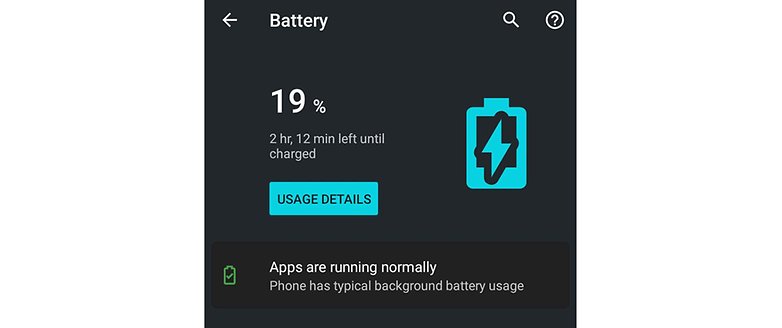
All in all, the Moto G30's performance is consistent with what we can expect from a mid-range device. This smartphone is perfectly fine for everyday tasks, and you can even kill time gaming without too much trouble. All the while doing so, there is still enough battery life to spare at the end of the day.
A camera to record (almost) every moment
The Motorola Moto G30 features a quadruple camera system with the following specifications:
- 64 MP main camera , f/1.7 aperture, and 80° field of view;
- 8 MP ultra-wide camera, f/2.2 aperture, and 118° field of view;
- 2 MP macro camera, f/2.4 aperture, and 85° field of view;
- 2 MP depth sensor, f/2.4 aperture, and 80° field of view;
- Digital zoom up to 8x;
- 13 MP front camera, f/2.2 aperture and 74° field of view.
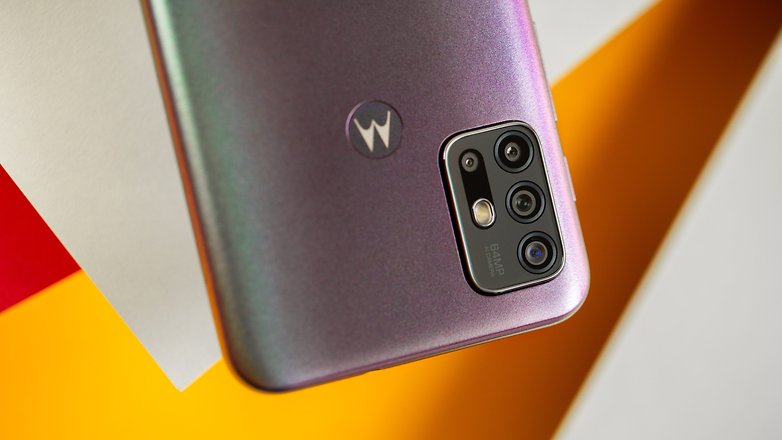
What I liked:
- Good quality in well-lit environments
What I didn't like:
- Over processed night photos
- Selfies make you look like a wax figure
As with the Moto G10 and the recently announced Motorola Moto G60, the 64 MP sensor combines 4 pixels into 1 single pixel to deliver 16 MP resolution photos. This technique is known as quad pixel or pixel binning. But when you enable the ultra-resolution mode, it is possible to capture 64 MP images. As for the professional mode, shots can be captured in RAW format.
You will definitely have fun with this camera, but you will have to deal with certain drawbacks. Motorola's camera software offers options like Portrait mode, Night mode, Slow Motion, and Timelapse for videos, and even a Professional mode.
Personally, I used the main camera for most of my shots, as it offers less distortion and better image quality. At night, I also preferred not to use night mode, because my photos are over-processed and lost a lot of detail along the way. In addition, I would need to be extremely steady with it just to capture a decent shot, and sometimes, I even had to rely on a tripod to capture night images of the sky without incurring any blur.
The 13 MP front camera is good, but it seemed that the subject's background tends to get overexposed, and in low-light conditions, there is too much post-processing that made me look like a wax doll. The front camera delivered its best results in the presence of proper lighting, like at the end of the day or during a sunset.
Check out my test shots with the Moto G30's camera below:


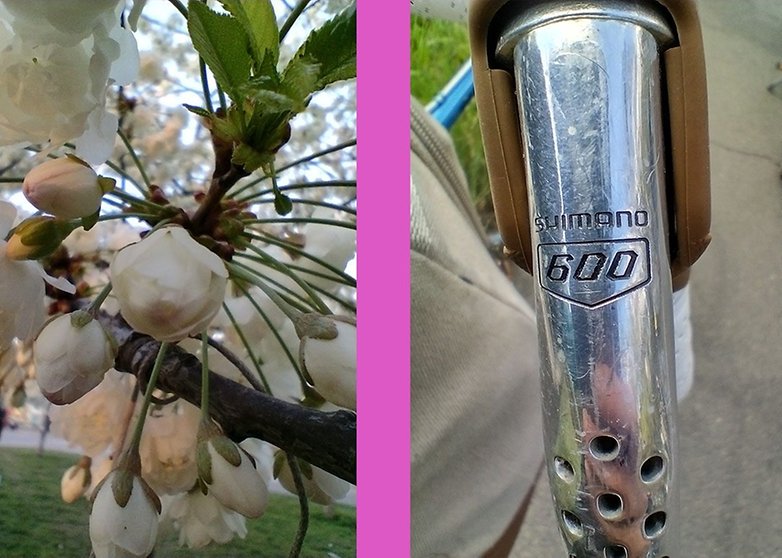



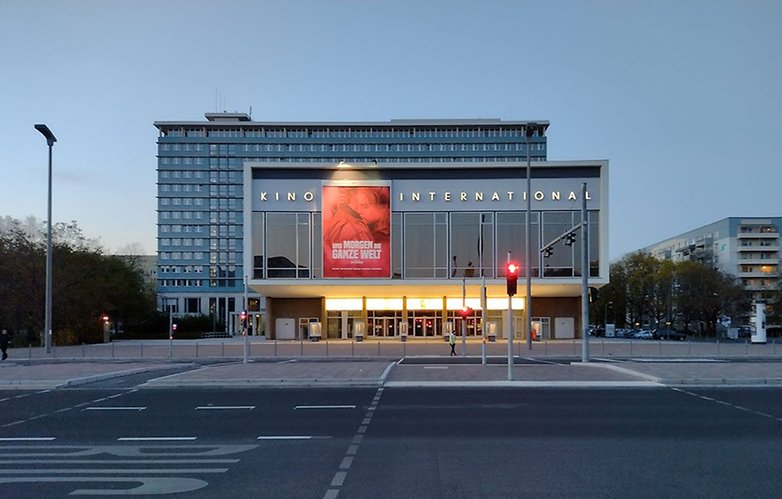
The Moto G30's camera requires a little patience to get used to, maybe the photo doesn't turn out as expected on the first try and you will have to repeat that shot. However, Motorola's quad-camera system offers various options that allow you to change the image angle, include more details in the scene, and also explore the various nuances of photography if you so desire.
Technical Data Sheet
Motorola Moto G30
| Technical specificationss | |
|---|---|
| Screen | 6.5 inch / 90 Hz / HD+ |
| Processor | Qualcomm Snapdragon 662 (2.0 GHz Octa-Core) with Adreno 610 |
| Operating System | Android 11 (will receive Android 12 and two years of security updates) |
| Memory | 4 GB / 128 GB / with microSD slot up to 1 TB |
| Main camera | 64 MP / f/1.7 aperture / 80° field of view |
| Ultra wide-angle | 8 MP / f/2.2 aperture / 118° field of view |
| Macro | 2 MP / 85° field of view / fixed focus |
| Depth sensor | 2 MP / f/2.4 aperture / 80° field of view |
| Selfie camera | 13 MP / f/2.2 aperture / 74° field of view |
| Connectivity | 2G, 3G, 4G / Wi-Fi / Bluetooth 5.0 / GPS, AGPS, GLONASS, Galileo |
| Battery | 5,000 mAh / Fast charger 20 W |
| Colours | Dark Prism and White Lilac |
| Price | £159.99 |
So is the Moto G30 any good?
Unlike the Moto G10, I would recommend purchasing the Moto G30. The processor performance falls within the price band and Motorola does offer at least two years of security patches and one major Android update. This ensures that you can use the phone for at least two years before having to upgrade to a newer model in order to remain relevant.
In addition, not having to worry about battery life throughout the day and being able to handle the basics of a smartphone relatively well places the Moto G30 in good stead as a mid-range smartphone in 2021. However, before you make your choice, I suggest you check out other models such as the Poco M3, Galaxy M31, and Redmi Note 10, all of which offer a better display than the Motorola G30.
So, what is your opinion about the Moto G30? Do you think Motorola ticked the right boxes with this mid-range handset?



















At less than 1/3 the price of the A52, half that of the A32, and with fewer issues, it would seem you should be praising the Moto much more strongly.